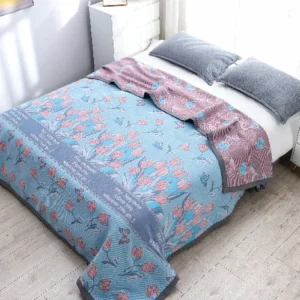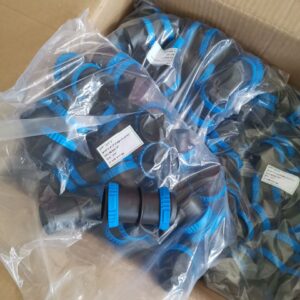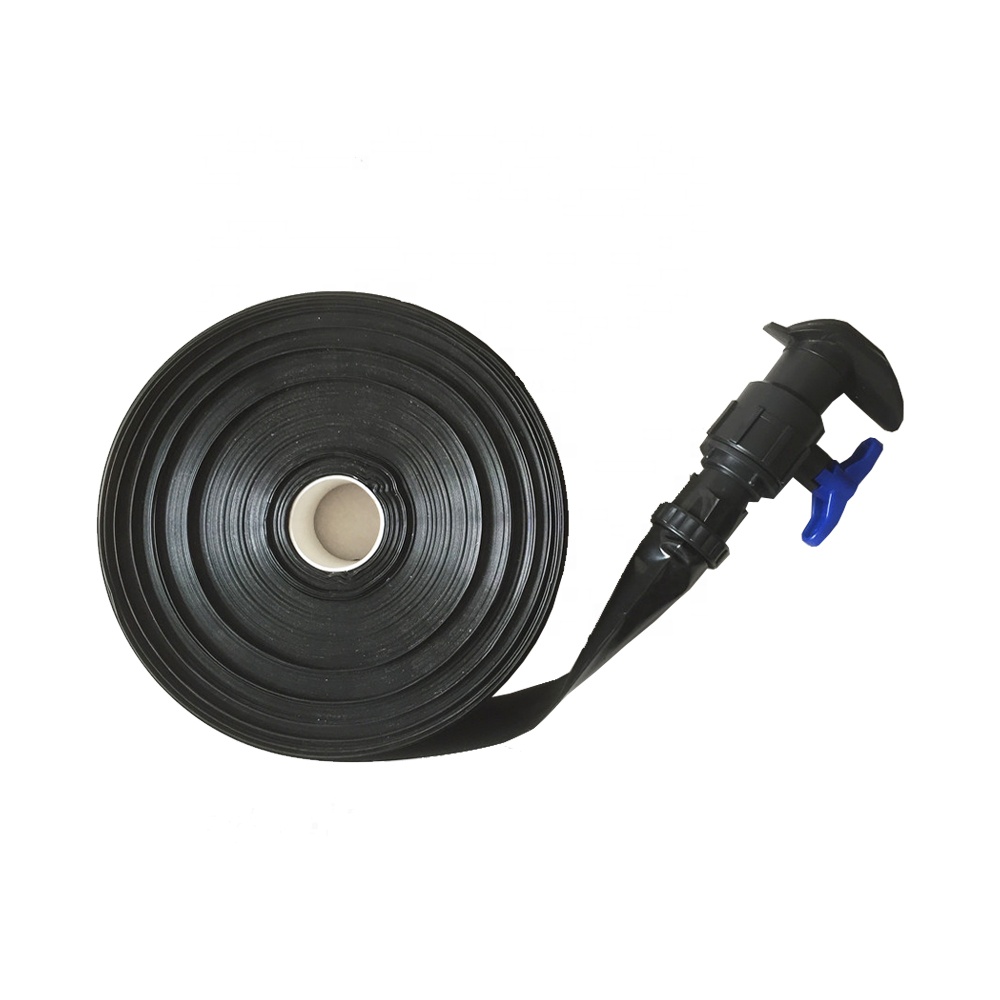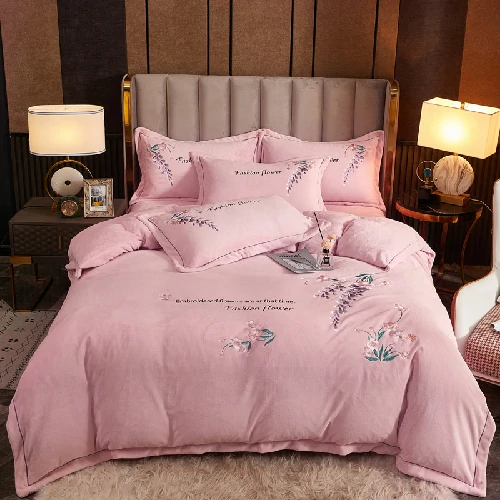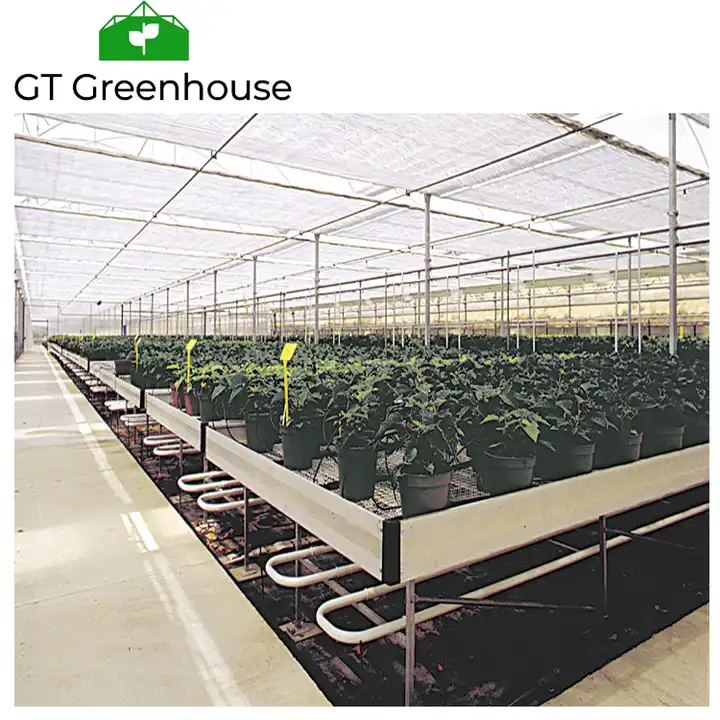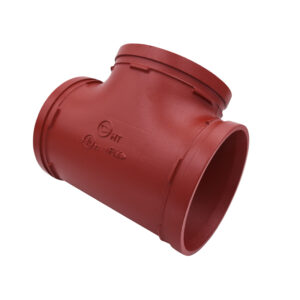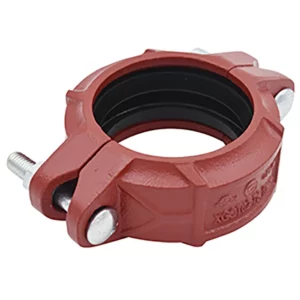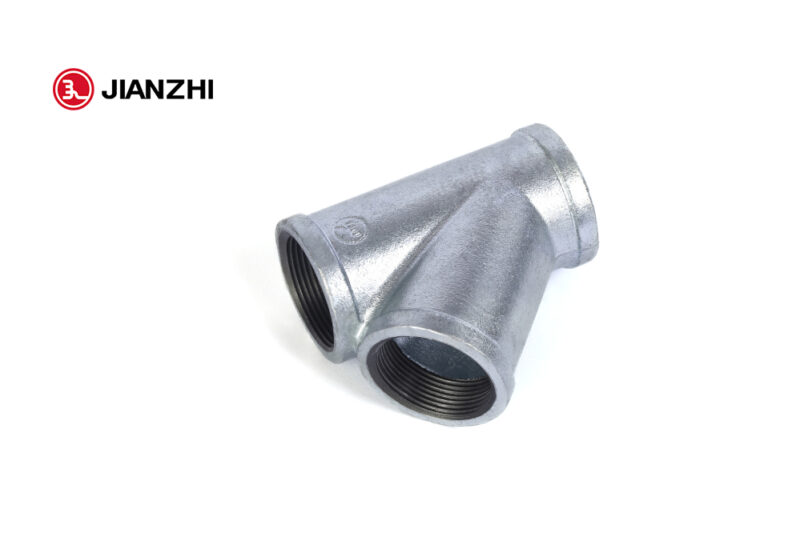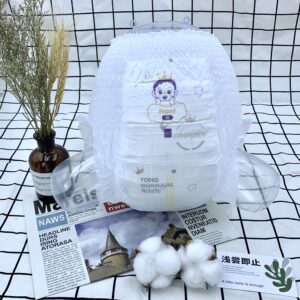Black and white blankets have become increasingly popular in modern interior design, offering a stylish and versatile addition to home decor. When considering a black and white blanket purchase, it is crucial to assess its quality to ensure durability, comfort, and overall value for money. In this article, we will explore key factors to consider when judging the quality of modern black and white blankets, enabling consumers to make informed decisions and select blankets that meet their needs and expectations.
I. Material and Fabric
- Fabric Composition:
High-quality black and white blankets are made from premium materials such as cotton, wool, or a blend of natural fibers. Cotton offers breathability and softness, while wool provides warmth and durability. Opting for blankets with a higher percentage of natural fibers ensures better quality and longevity. - Weave:
The weave of the fabric greatly influences the quality of the blanket. Look for tightly woven fabrics with a high thread count, as they indicate strength and resistance to wear and tear. Avoid blankets with loose weaves or excessive pilling, as they may lack durability.
II. Construction and Stitching
- Seam Strength:
Examine the seams of the blanket for secure stitching and reinforced edges. Strong and neatly sewn seams ensure longevity and prevent unraveling or fraying over time. - Binding:
Quality black and white blankets often feature a sturdy binding or edging that reinforces the edges, preventing them from becoming worn or damaged. Check for even stitching and secure attachment of the binding to ensure durability.
III. Colorfastness
- Fade Resistance:
A high-quality black and white blanket should exhibit excellent colorfastness, meaning that the black and white colors remain vibrant and do not fade or bleed with regular use and washing. Look for blankets that have been tested for colorfastness and are labeled as fade-resistant. - Dye Quality:
Inferior dye quality can result in uneven color distribution or color bleeding. Inspect the blanket for consistent color saturation and check customer reviews or manufacturer information regarding the dyeing process to ensure long-lasting color integrity.
IV. Texture and Comfort
- Softness:
A quality black and white blanket should offer a soft and luxurious feel against the skin. Consider blankets made from natural fibers like cotton or wool, as they are known for their softness and comfort. - Breathability:
Opt for blankets that provide adequate breathability, allowing air circulation to regulate body temperature. Natural fiber blankets tend to offer better breathability compared to synthetic materials.
V. Care and Maintenance
- Washing Instructions:
Assess the washing instructions provided by the manufacturer. High-quality black and white blankets should be easy to care for and maintain their quality after washing. Look for blankets that can be machine washed without significant shrinkage or loss of softness. - Durability:
Consider the overall durability of the blanket, including its ability to withstand regular washing and use without excessive pilling, shedding, or fabric deterioration. Reading customer reviews and seeking recommendations can provide insights into the long-term durability of the blanket.
When evaluating the quality of modern black and white blankets, consider factors such as fabric composition, weave, construction, colorfastness, texture,modern black and white throw blanket and care instructions. By scrutinizing these elements, consumers can make informed decisions and choose black and white blankets that offer durability, comfort, and style, enhancing their home decor and providing long-lasting enjoyment.
